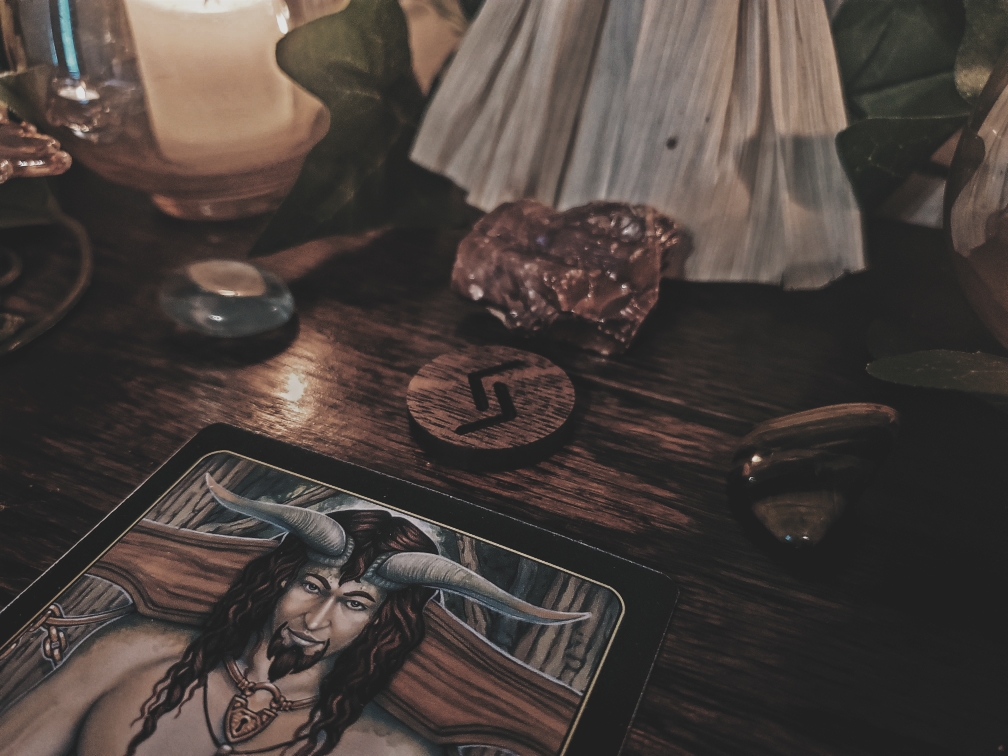The Summer Thermistice, also known as Lammas and Lughnasadh, is the first of three harvest festivals celebrated on August 1st, although this year it astronomically falls on August 7th. Traditionally, wheat is harvested from the end of July through the beginning of August, and Lammas was a time to celebrate this harvest as a successful wheat harvest would guarantee flour through the winter. Wheat is and was a staple in our diet and was often the only reliable source of food during times of famine and food shortages. In fact, it was such an integral part of our diet historically that when flour prices rose due to shortages, revolts followed. As such, celebrating the wheat harvest was a community affair marked by feasts, bread baking, and offerings to the harvest spirits, often including the first loaf of bread baked from the newly harvested wheat. This is a time to celebrate and honor the land and agricultural spirits, fruitfulness, prosperity, abundance, and change. Common symbols include bread, wheat, sunflowers, farm tools, gourds, apples, grapes, and wine. With these symbols and themes in mind, I created a simple altar using items I had around my home. Unlike last year, I don't have a garden full of blooming flowers. The deer munch on the new flower shoots early in the season, leaving me with very few blooms this year, which I left for the birds and insects.
1. Corn Dolly- Corn dollies are a central theme in harvest folklore across Europe. Traditionally, they were made from the husks of the last corn harvest and remained in the home until the following year when they were plowed into the first furrow of the season. As such, the Spirit of the Harvest would be returned to the soil to ensure a bountiful crop the following year. Corn is traditionally harvested in late summer, and therefore a staple crop of Lammas. She represents the harvest, good luck, fertility, and prosperity. (Where did I get it: Subscription Box; Cost: $2)
5. Aventurine, Red Calcite, and Tiger's Eye- Green aventurine, a traditional crystal associated with Lammas, symbolizes growth, abundance, creativity, and prosperity, themes of the season. On the other hand red calcite and tiger's eye represents strength, courage, luck, and the Sun. (Where did I get it: Metaphysical Stores or Subscription Boxes; Cost: ~$5)
6. Jera Rune- Jera derives its name from the Germanic stem jēra meaning "harvest, year" thus associating it with harvests, fertility, abundance, and growth. It is a symbol of subtle changes and good tidings and represents the rewards for hard work, think "you reap what you sow." While traditionally associated with the Winter Solstice, I find it represents the Lammas season well as we are reaping what we have sowed earlier in the year. (Blagowood; Cost: Won/Free (originally- $30 for set)
TOTAL COST: ~$15
Like my other altars, most of the items I use are found, made, or purchased for around $1, although if the items must be purchased by you, then the cost will be higher. I hope you find this sort of breakdown helpful, especially for those of you looking to create Instagram-perfect altars on a budget!
Did you do anything special for Lammas this year?
If you liked this post and would like to support future content, please consider leaving a small tip in the jar.










No comments :
Post a Comment
This witch loves to hear from her readers, so please share your thoughts below!